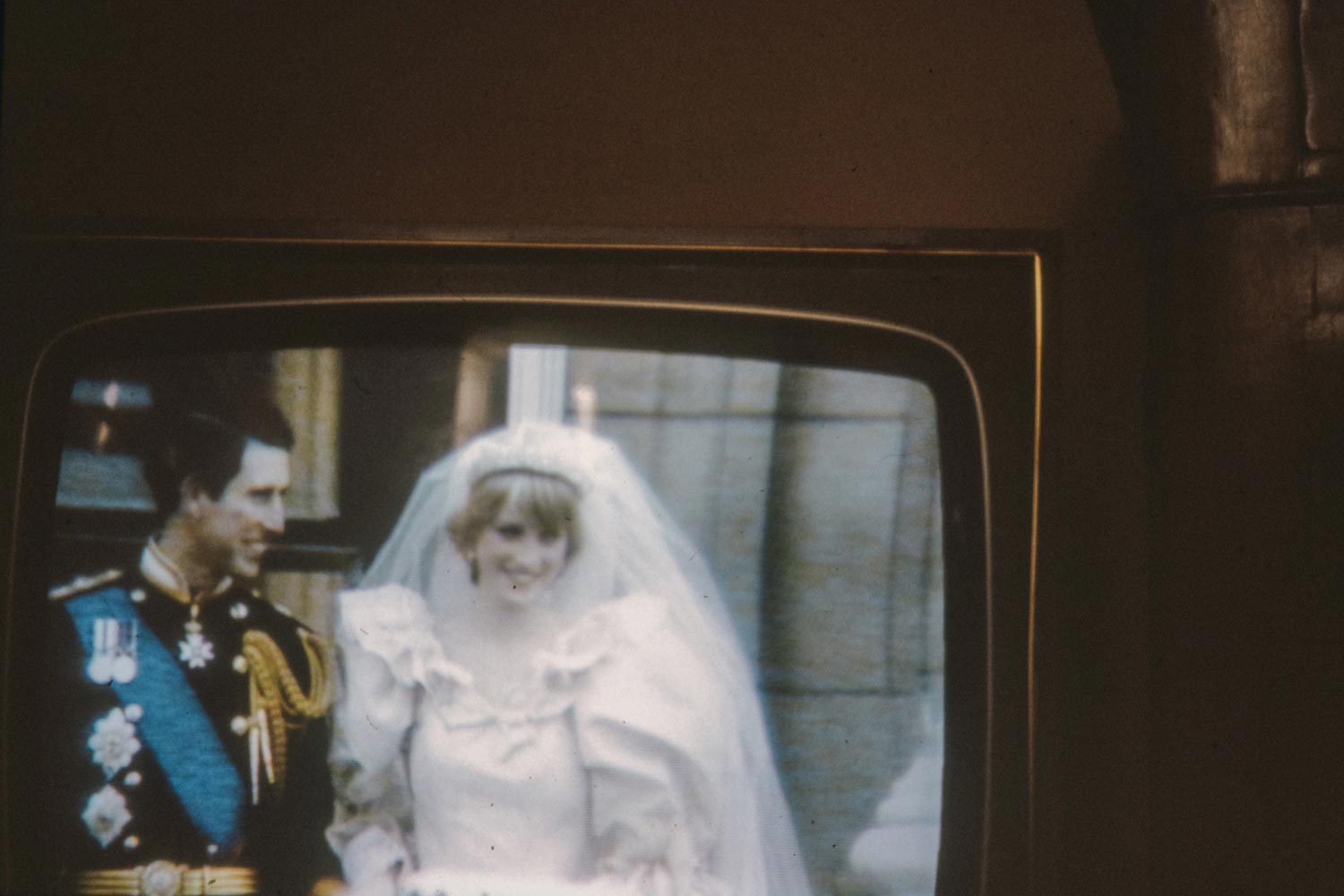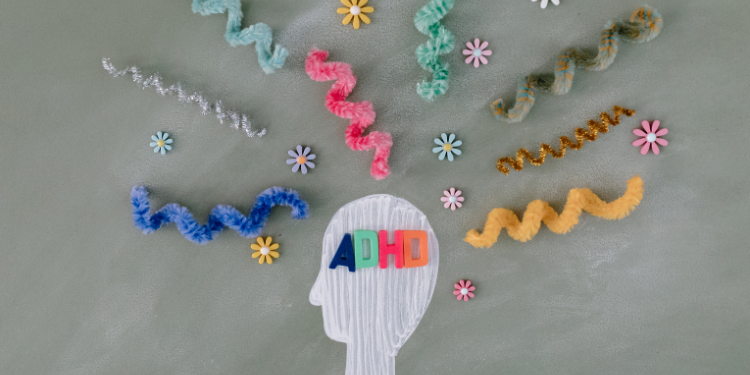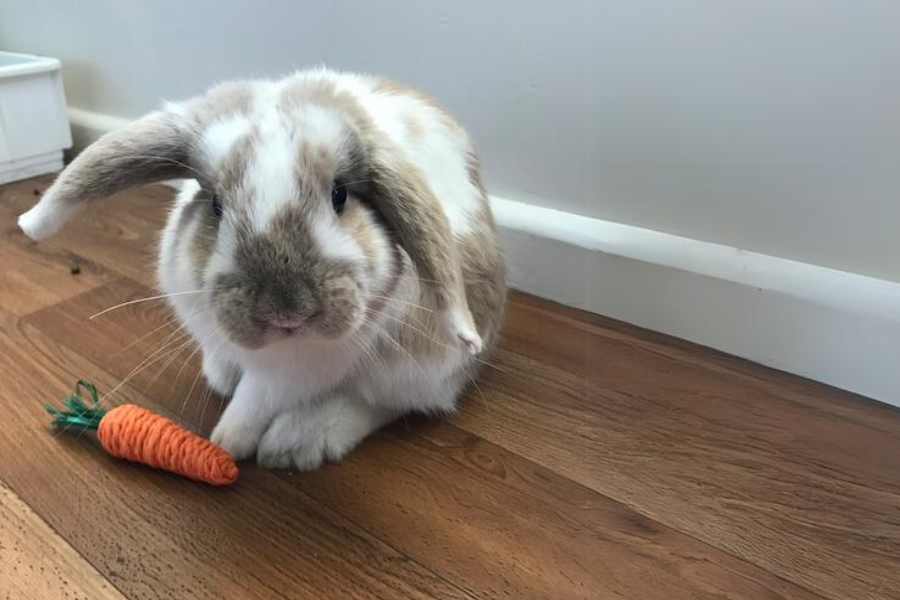This year, Keith and I will celebrate 40 years of marriage. If Diana, Princess of Wales, were alive and still married to Charles, so would they. I recently watched a documentary made to mark her 60th birthday and it took me back to 1981.
I love fairytales. Everything about the engagement and marriage of Charles and Diana was like watching a fairytale in real life. I was captivated by their relationship. How an “ordinary” girl could capture the heart of a prince.
Everything about their engagement was so romantic and beautiful. Those photos of a couple gazing adoringly into each other’s eyes, and that ring – it was huge! Diana was an incredibly beautiful young woman, but it was her ordinariness that appealed to so many. She giggled, she blushed, she worked with children, she was young, innocent and naïve.
Their wedding was a fairytale dream wedding. I remember watching it – her dress, the flowers, her bridesmaids, the golden carriage with footmen, the crowds lining the streets who waved and cheered – it was all so breathtakingly beautiful and romantic.
And they both lived happily ever after! Isn’t that how all fairytales end?
We announced our engagement about a week before Charles and Diana. There was no proposal, no engagement ring, I have no photos of us gazing adoringly into each other’s eyes. We were two very ordinary people, who loved each other and wanted to spend the rest of our lives together.
Our wedding day in December was hot beyond hot. My dress was beautiful and made by my Mum. Our flowers were beautiful and arranged by a friend. My bridesmaids looked lovely. My brother-in-law wore his red football socks.
The reception was in our garden with a marquee and no air con. But it was a day that was filled with joy, family, friends, and warmth. It was one of the happiest days of my life and I enjoyed every moment of it.
Two very different engagements. Two very different weddings. Two very different endings.
Our marriage is not a fairy tale marriage. We have had our ups and downs like any other couple, but we are together, and we love being together.
One of the reasons why Keith and I developed the Building a Safe & Strong Marriage course was that 40 years ago, nothing like that existed. We loved each other and we made promises to one another, fully intending on keeping them. We were committed to one another, but we still hurt one another; we struggled to have those conversations that needed to happen. What we share in the course is gleaned from years of trying to figure out how to stay connected and to bring the best out in each other. It is full of “I wish I had known this back then.”
I still remember a moment when I wondered what it would take to help us stay connected. I still remember a night out, when I asked Keith to tell me what he liked and appreciated about me. A brave move, as I was pretty sure that he would have nothing to say, as there wasn’t much I liked about myself. Keith responded with much warmth and grace and for the first time in a long time, I felt like I could lift my head and look him in the eye. As I responded in kind, I look back at an encounter that was a pivotal moment that began to reconnect us and enable healing and restoration to take place.
We both learnt the value of those small, almost insignificant actions that connected us. As we began to do them daily, we found we could share more deeply and have those hard conversations in a way that drew us together. Little things every day. It’s not rocket science.
During the pandemic, couples faced more pressure than ever before.
Living and working under the same roof, juggling children, schooling, and trying to give each other some space. Now, more than ever, let me encourage you to invest in little things every day to help you stay connected. Here are some suggestions:
- Remember your wedding day and engagement. What do you remember about that time? Share your memories with one another, get out your photo album and look at the photos. Memories can make you smile and laugh and are very powerful.
- If you have children, why not share this story with them over dinner one night? Each of you will remember things slightly differently, but it’s a great story and one worth sharing.
- Greet each other warmly each morning with a hug and remember to smile at each other.
- Over breakfast, or a cup of tea in bed, read a short devotion and commit the day and each other to the Lord in prayer.
- Each day notice something about the other and express appreciation.
- Remember to use those small words ‘please’ and ‘thank you’.
- Get outside, have a walk together and if you have children and if they are with you, try to sneak a few moments together – holding hands while walking; look at each other and smile.
- Have some fun – whatever it is you enjoy– set aside some time and do this – order takeaway and eat together after the children are in bed, read a book, watch a movie, or do a jigsaw puzzle together. Fun and laughter are good for the soul.
- Ask one another what you could do to help them survive. It might be that they need some time on their own. Or help with the household chores.
- Remember that you are an “us” and have our Great God who is with you in all the mess and craziness of life.
- Use this season of post-lockdown as an opportunity to invest in your marriage. Sign up and do our course online at a time that works for the two of you.




